
Developer: KYY Games
Publisher: Paradox Interactive
Platform: PC, Mac, Linux, Steam, iOS, Android
Tested on: PC / Steam
Knights of Pen and Paper 2 – Review
Full of more pop references than you can shake a mage’s staff at, Knights of Pen and Paper 2 promises a big slice of retro RPG fun. Face the all-powerful, all-knowing Dungeon Master (DM) across the wooden table and prepare to live or expire on a throw of a d20 die in your virtual sweaty palm.
Story
The game opens rather confusingly at the end of version 1 of the game (Knights of Pen and Paper +1) with a lone player character at maximum level 99 and fighting an ultimate boss. Once the boss is dealt with, the version 1 characters begin to realise they are in a sequel – and some of their skills don’t work. The rules have been changed in the world of Paperos and some of the NPCs don’t like it.
Based in a fictional continent, you create a band of adventurers on the hunt for the Paper Knight, a deadly mage who has transferred from version +1 of the game and is not too happy about being in version 2. Help a Village Elder to restore the function of Spawning Village, assist a band of total noobs, travel to the big city and explore its sewers, cross the land to desolate wastes where unexpected enemies are ready to ambush you at a bad throw of the dice!
The main story is the search for the Paper Knight and the devastation he has wrought on Paperos. As is traditional there are the main quests of this storyline, but also a number of side quests you can do to build up your adventurer team XP.
Graphics
Unashamedly 16-bit 90’s retro is the only way to describe the graphics of the game. Characters have little or no facial expressions, landscapes and buildings are rendered in eye-searingly bright pixel-art colours and the text bubbles are blocky and hard to read after several hours of adventuring.
Of course this is all quite deliberate – the game tries to recapture the atmosphere of the so called fourth generation of games consoles – such as the Sega Mega Drive and Super Nintendo.
It’s all quite charming at first, but after several hours of gameplay the settings start to lack variety and the monsters seem to get more and more bizarre, perhaps in order to maintain interest.
Sound
Just like the graphics, the sound of the game is stuck in a twenty year old time warp. Buzzy melodies play during each scene – sometimes jolly, sometimes menacing. Combat manouevres are accompanied by white noise based swipes. The sound of the horse clip-clopping across the map during travel is hilariously badly done, pretty much an 8-bit throwback.
But again after a few hours this can get tiresome. Perhaps it is better to play this game without non-gamers close by.
Gameplay
Knights of Pen and Paper 2 is a classic Role Playing Game (RPG.) As the Dungeon Master leads you around the world of Paperos you encounter mobs of enemies, from the traditional to the bizarre. Defeated enemies drop items that can be either equipped to your characters to make them more powerful, or used to increase health and power during combat. In major hubs such as cities and villages, you can buy items with accrued gold, craft new items and store items in a ream vault.
After the introduction sequence, the action returns to the game room with two empty chairs facing the DM. Now the player creates their two starting characters. Throughout the game the action takes place around this table in the traditional Dungeons & Dragons manner – Gary Gygax would feel right at home. At each location the table moves to a different landscape, as if the imagination of the players were projected in the room like a 16-bit holodeck.
Each of your characters can be one of eight different types such as Jock, Lab Rat or Goth, each with their own passive skill. The character then has to choose between the three races – human, elf and dwarf – which determines a second passive skill. Then the player chooses a class out of six options, such as Mage or Hunter, which have a set of four active and passive skills. As you see there are many character combinations available.
Initially you start with two characters to fill the two empty chairs, but as you advance and gain experience points, new empty chairs appear. You can fill these chairs with new characters by paying increasing amounts of gold. The table has room for a team of up to five players.
Combat is turn based. Each member of your team and of the enemy mob executes an action in a pre-determined sequence. Actions can be individual or group attacks, heals or buffs. After combat, assuming you have defeated your enemies, your team is awarded experience points and you can level up their skills. If one of your team was killed in the melee you can resurrect them with gold or a resurrection item.
Fairly early on it can be obvious that your character combinations are not complementary. If you find your team being repeatedly killed off at lower levels you need to consider starting from the beginning and trying out different skills or combinations. Some internet searching will help also.
Once you hit a good mix of skills in your team and work out which skills are the strongest, the game becomes a breeze to play. Get the weaker skills and it becomes overwhelming.
The interface is intentionally crude – the game is driven by clicks of the left mouse button, or by number keys and the spacebar. Long sessions of this game become a real click-fest.
Conclusion
The humour is strong in this one. The banter between the players, the DM and the NPCs is full of pop culture references and geeky jokes. If you are a fan of retro sound and visuals, you will enjoy repeated campaigns even if the quest path is quite limited. A campaign including side quests will take you something around nine hours.
The Steam game description states that it supports “a completely necessary [sic] 1080p 60fps presentation of the game’s pixelated 16-bit world.” Playing on a gaming PC is probably not the best way to experience the game. For a long journey, the iOS or Android version would make a good fun companion.

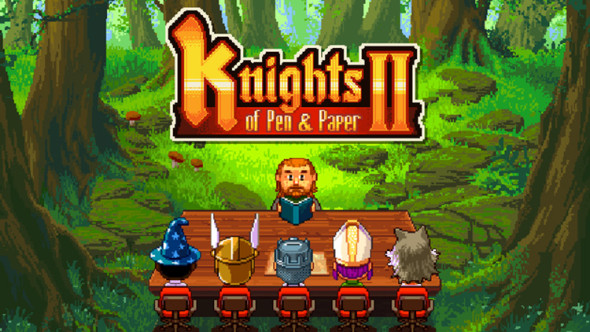
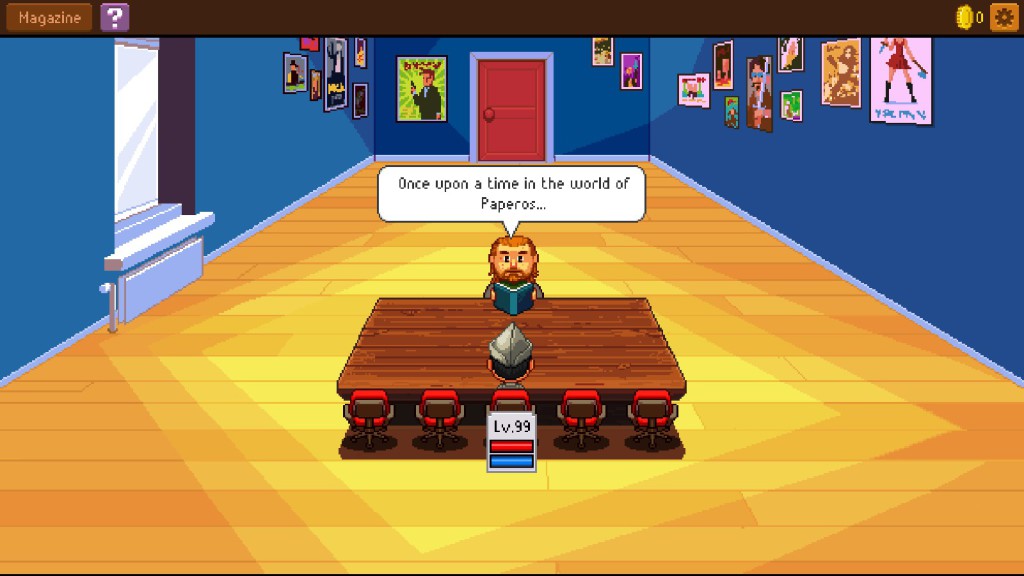
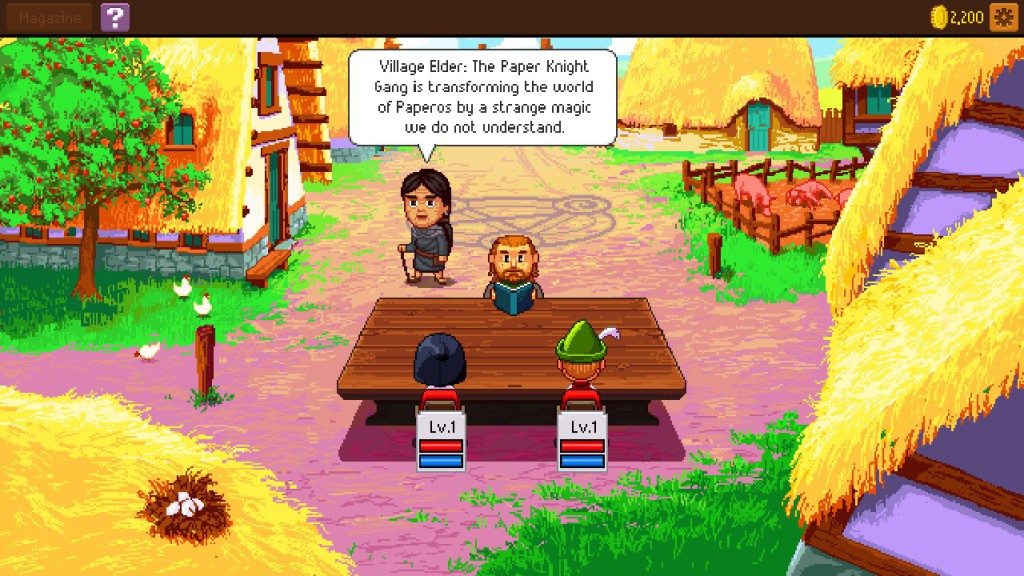
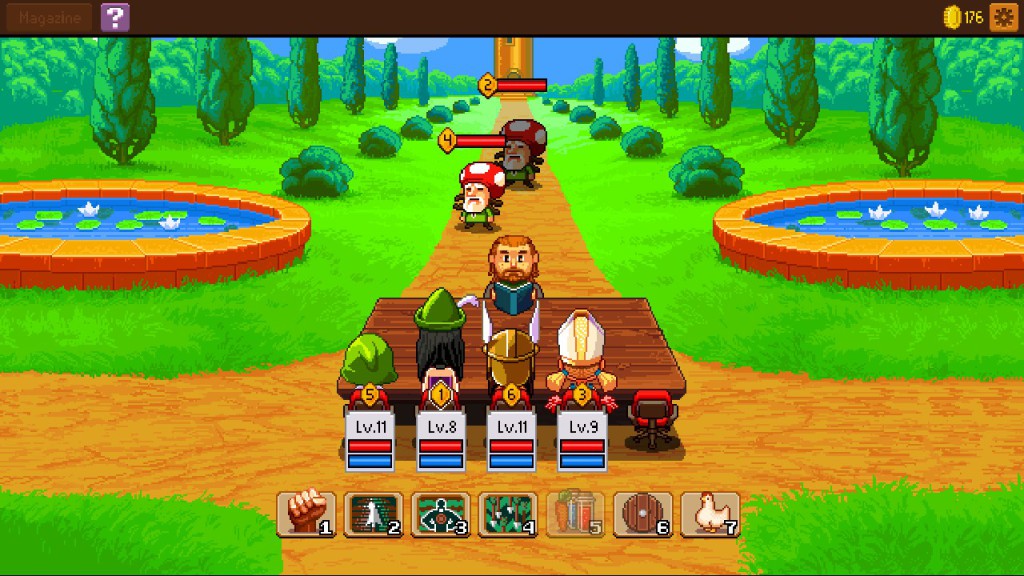
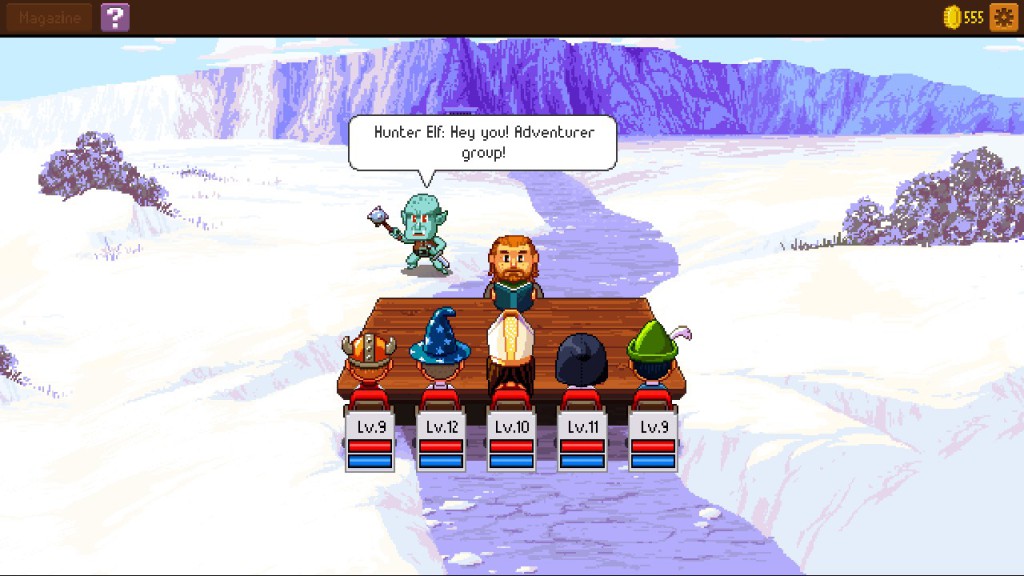
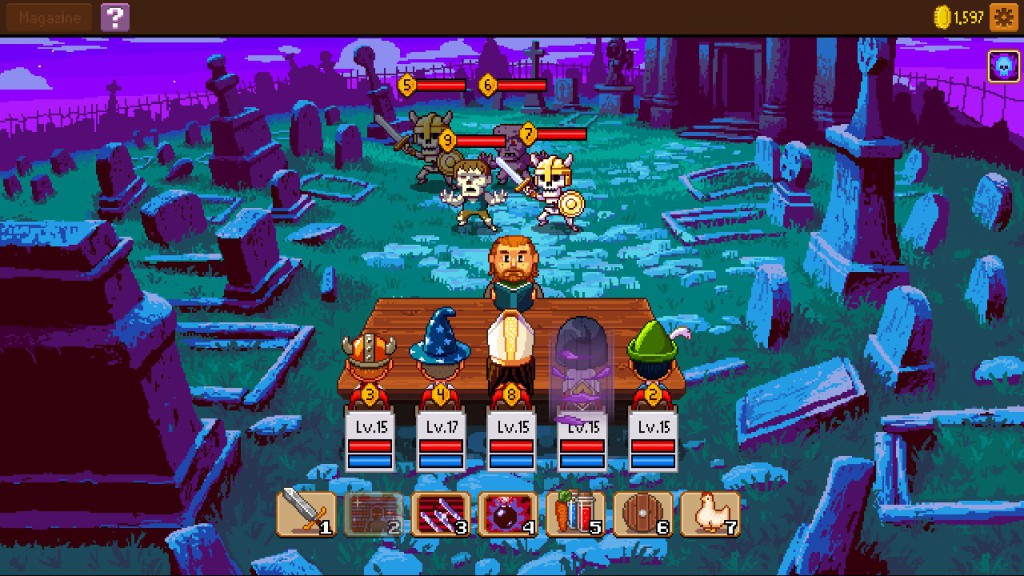



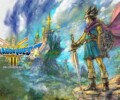
No Comments